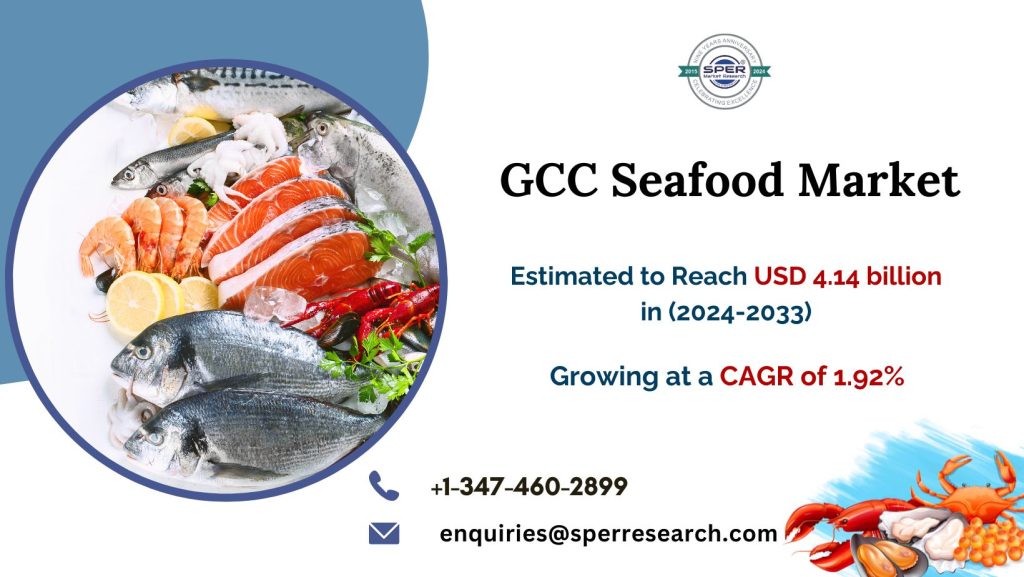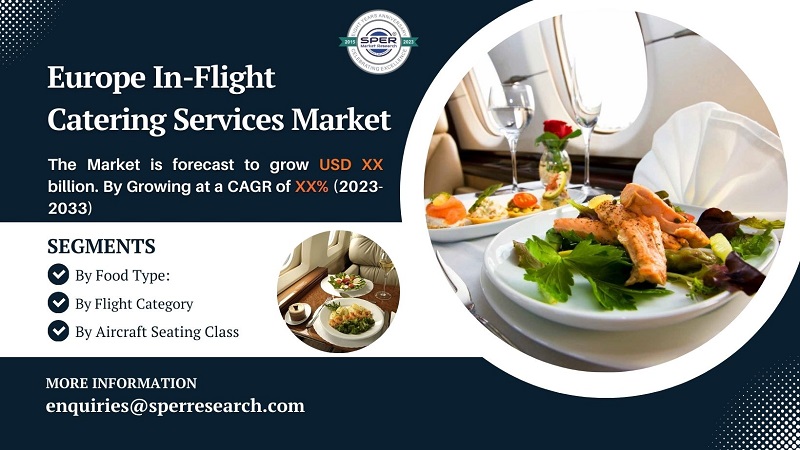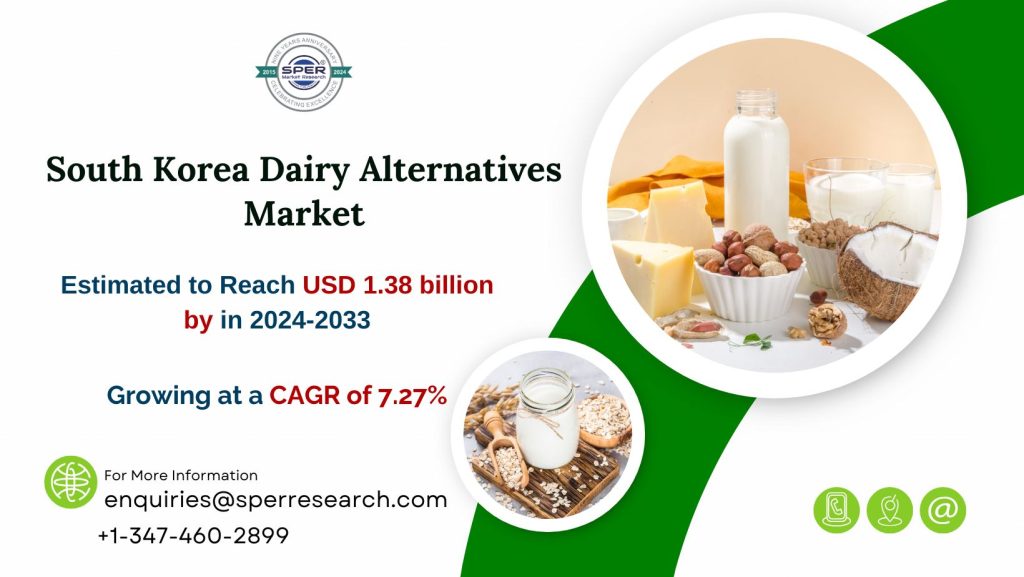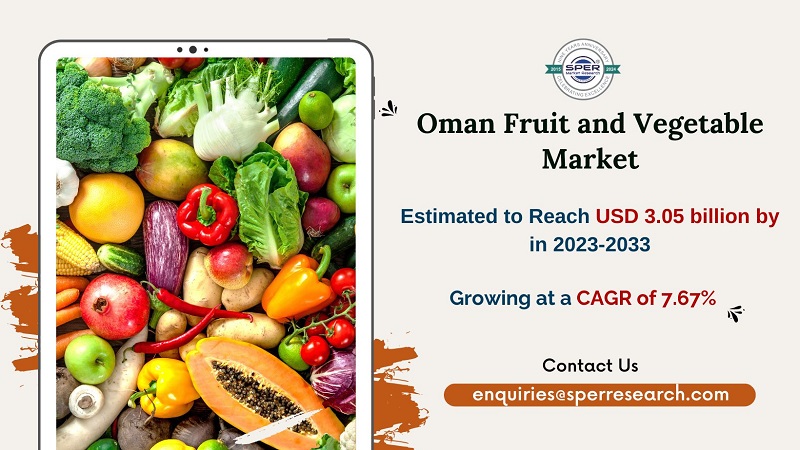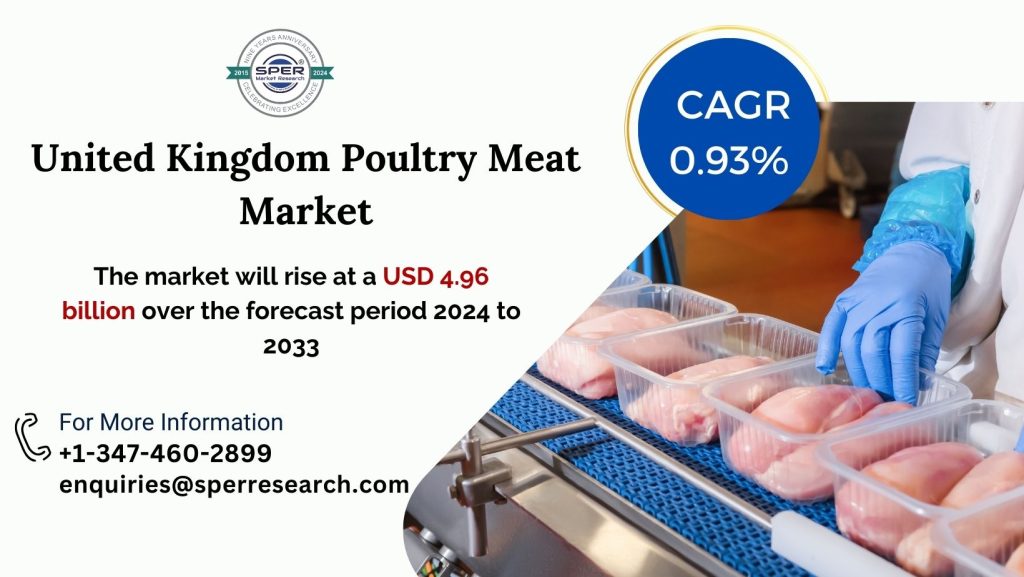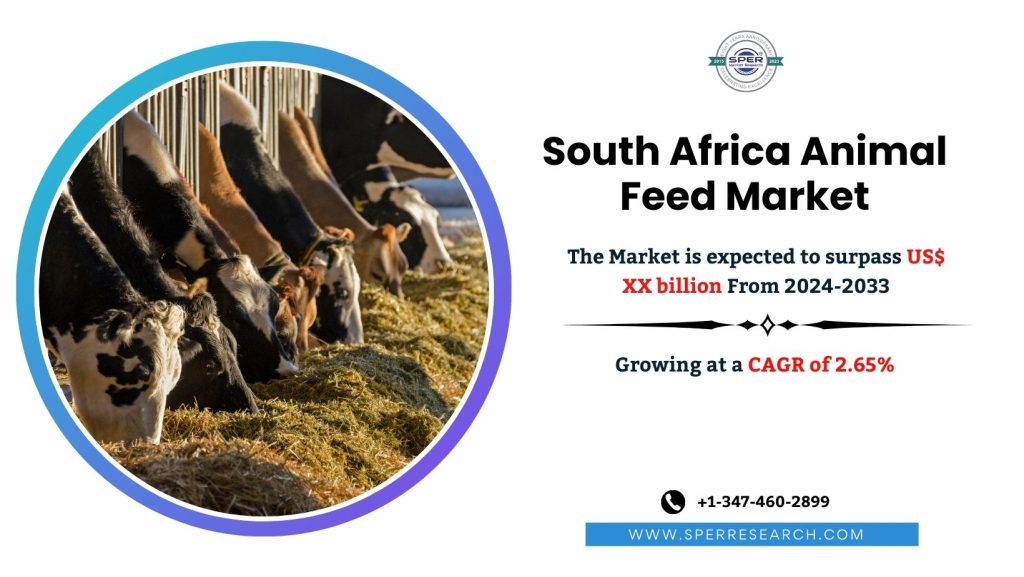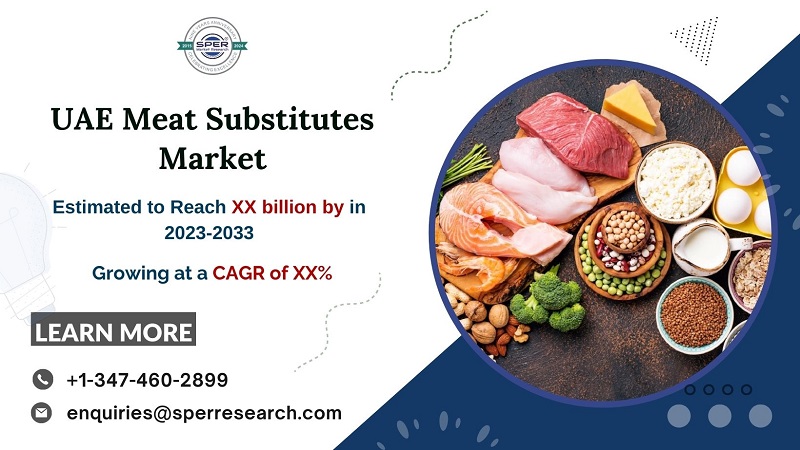Edible aquatic animals that are used in many different culinary traditions are referred to as seafood. Anchovies, bass, pomfrets, bluefish, carp, cod, flounder, haddock, halibut, herring, mahi-mahi, salmon, sardines, trout, and tuna are among the fish in this category. Crabs, crayfish, lobsters, prawns, shrimp, abalone, clams, conch, mussels, octopuses, oysters, scallops, and calamari are among the many types of shellfish and crustaceans that are included in this category. Another type of seafood is caviar, which is prepared from sturgeon roe. Because it contains essential components including iron, zinc, iodine, magnesium, and potassium, seafood is widely known for its nutritional importance. Along with vitamins D and B2, it contains omega-3 fatty acids, which are vital for preventing heart disease, strokes, and arthritis. It also promotes healthy bone production, aids in the absorption of calcium, and strengthens the immune system.
According to SPER market research, ‘GCC Seafood Market Size- By Type, By Form, By Distribution Channel – Regional Outlook, Competitive Strategies and Segment Forecast to 2033’ state that the GCC Seafood Market is predicted to reach USD 4.14 billion by 2033 with a CAGR of 1.92%.
Drivers:
- Growing Demand for Sustainable Seafood: Customers are looking for seafood items that are ethically sourced and have a low environmental effect. The market has seen an increase in demand for seafood products that are certified sustainable.
- Growth of Online Seafood Delivery Services: Online seafood delivery platforms have emerged as a result of the ease and accessibility of online buying. These websites provide a large assortment of seafood products and ship them straight to customers’ homes.
- Demand for Local and Artisanal Seafood: Customers are becoming more interested in helping out their local aquaculture and fishing operations. Because they are thought to be fresher and more sustainable, artisanal and locally sourced seafood items are becoming more and more popular.
Request For Free Sample Report @ https://www.sperresearch.com/report-store/gcc-seafood-market.aspx?sample=1
Restraints:
- High Aquaculture Production Costs: The GCC’s high production costs make it difficult to build a strong domestic aquaculture sector. To establish sustainable aquaculture habitats, large investments in infrastructure and technology are required due to the arid climate and scarcity of natural water supplies. Small and medium-sized businesses (SMEs) may find these expenses unaffordable, and they may also restrict the expansion and scalability of the domestic aquaculture industry. Seafood produced locally is also more expensive due to high manufacturing expenses, which reduces its ability to compete with less expensive imports.
Impact of COVID-19 on GCC Seafood Market
The COVID-19 pandemic has had a major impact on the GCC seafood business. The initial wave of the pandemic caused interruptions in the seafood supply chain, including reduced fishing activity, processing plant closures, and logistical issues. However, when the situation calmed, the industry saw a surge in demand as more people cooked at home and sought healthier options. The pandemic also hastened the spread of e-commerce platforms for seafood purchases, as people switched to online purchasing amid lockdowns and movement restrictions.
GCC Seafood Market Key Players:
The GCC seafood market is dominated by the United Arab Emirates (UAE). A diversified expatriate community with a high demand for seafood, a well-established foodservice and tourism sector, and high seafood intake per capita are some of the elements driving this leadership. Furthermore, Albatha Group, Almunajem Foods, Blue Island PLC, Enhance Group Holding Company Limited, National Fishing Company K.S.C, and other significant firms are some of the market leaders.
GCC Seafood Market Segmentation:
By Type: Based on the Type, GCC Seafood Market is segmented as; Fish, Shrimp.
By Form: Based on the Form, GCC Seafood Market is segmented as; Fresh / Chilled, Frozen / Canned, Processed.
By Distribution Channel: Based on the Distribution Channel, GCC Seafood Market is segmented as; Off-Trade, On-Trade.
By Region: This research also includes data for Saudi Arabia, Qatar, Kuwait, United Arab Emirates, Bahrain, and Oman.
This study also encompasses various drivers and restraining factors of this market for the forecast period. Various growth opportunities are also discussed in the report.
For More Information, refer to below link: –
Related Reports:
Follow Us –
LinkedIn | Instagram | Facebook | Twitter
Contact Us:
Sara Lopes, Business Consultant — USA
SPER Market Research
+1–347–460–2899
